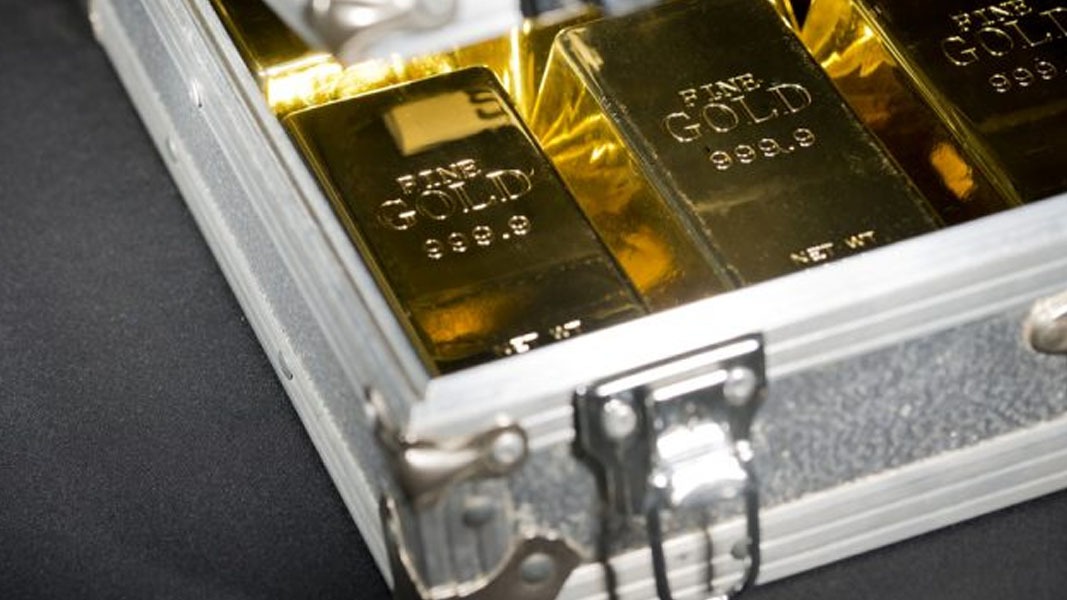There is little to write about gold that has not already been said. It is extremely rare, extremely valuable, and unlike national currencies, you do not have central banks constantly trying to devalue it.
Gold is also starting to be consumed in large quantities for the first time, through its use in electronics.
Gold is often held as an alternative to currency, to hedge possible movements in that currency. This usually means to hedge against inflation, which is a measure of the drop in the value of a currency. However, historically this presented an opportunity cost, as gold yields no inherent interest payments.
By holding gold instead of currency, you are therefore giving up the potential interest on a deposit of that currency.
Because of this, we say that gold is inversely correlated with ‘real rates’, which is the interest rate less the level of inflation. Rising inflation is positive for gold, falling interest rates are positive for gold.
The situation at the moment is exactly what a gold-bug would ask for. Extremely loose monetary policy, with low interest rates and Central Bank bond buying (quantitative easing), as well as economic uncertainty and large amounts of fiscal stimulus.
Interest rates are currently at historic lows, but they will find it difficult to fall further. Even if interest rates were to rise in future (and there are strong reasons to believe they won’t), the rise will almost certainly be due to rising inflation, thus mitigating the effect on the gold price.
There is also a strong correlation between public debt levels and the gold price. For the past 50 years, as governments have incurred more and more debt, gold prices have risen to equivalent degrees.
The supply and demand dynamics also look good for gold. Central banks buy gold themselves to hedge against their national currencies. They have purchased ever increasing amounts for each of the last 10 years.
Private investor demand for gold is also increasing, with gold volumes traded on exchanges at record levels, and with gold ETFs also seeing record holdings.
Meanwhile, gold supply could start to peter-out. There simply isn’t a whole lot of gold on earth and the industry is struggling to replace the ounces mined. In 1985 the average grade of gold mined around the world was 5.17 grams per tonne of ore. In 2017 it was just 1.64 grams/tonne. In 2000, there were forty-two discoveries of deposits with more than one million ounces, in 2019 there were only three.
It is becoming a common view that a lot of the ‘easy gold’ has already been dug up, with increasingly marginal and smaller deposits now being developed. Eventually the new supply could dwindle to very negligible amounts, which could have profound implications on future gold prices.
Due to the positive situation for gold at the moment, just about every major analyst remains bullish on the price. The most recent major forecast from Goldman Sachs on Friday 13th of November, reiterated their FY21 forecast for an ounce of gold as $US2,300, more than 20 percent above current prices.
The Emerald Financial advisors are also largely positive on gold. We will be running a special webcast on opportunities in the gold space next Thursday, 26th of November at 7PM AEDT. To register to view this free online event, please click here.

